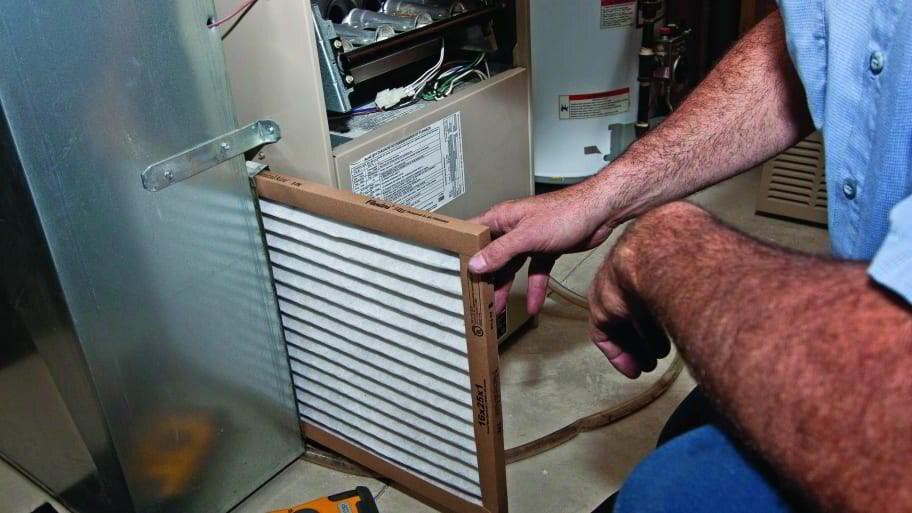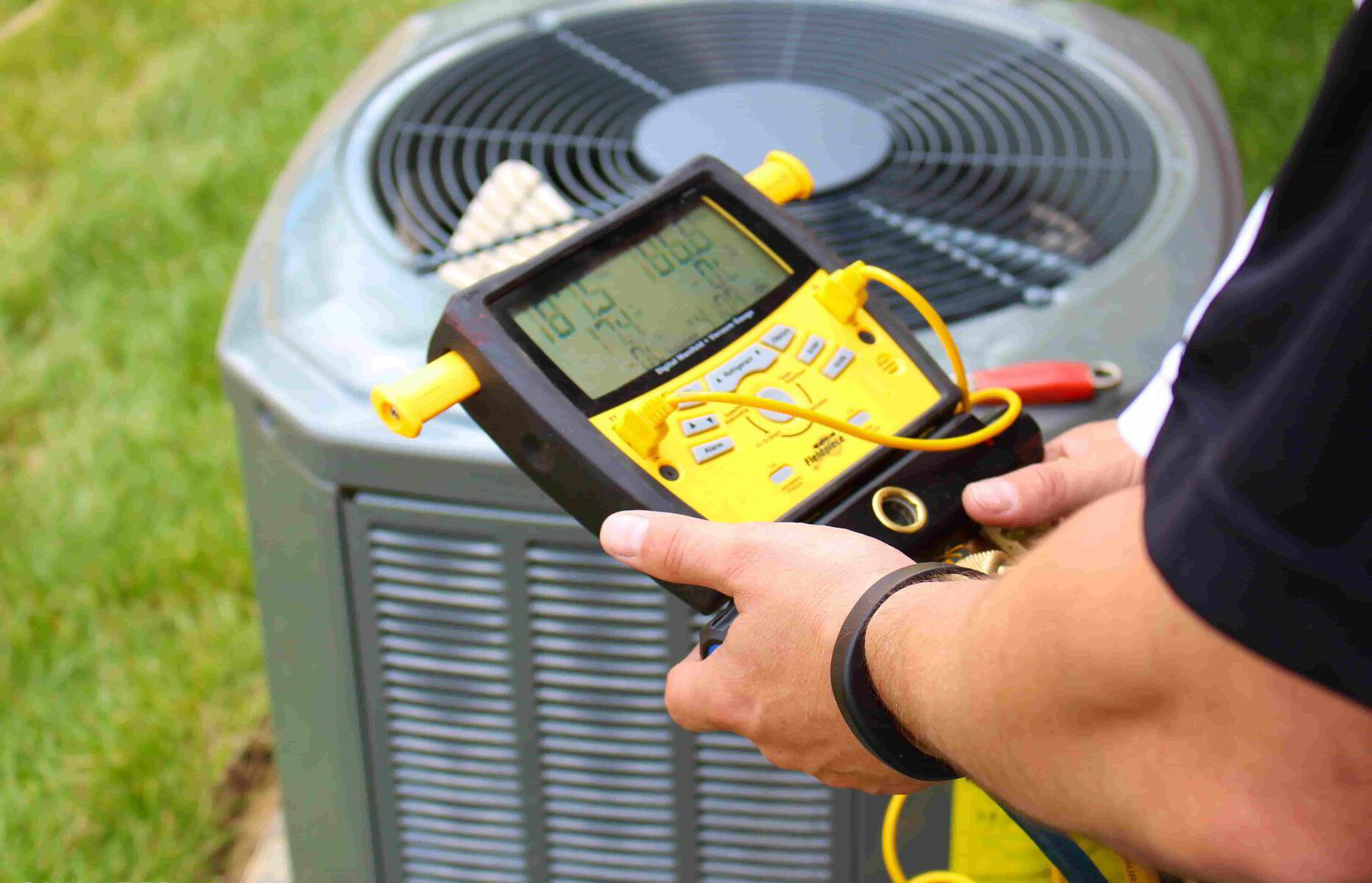America boasts many different climates, each with unique appeal. Warm indoor air takes the chill out of cool outdoor environments that experience mild seasons.
A high-quality, efficient air conditioner or central air conditioning system turns any indoor space into an oasis in the hottest climates.
Today, more than 80% of U.S. homes use some form of AC system. Modern ac units feature improved cooling power and energy efficiency.
With so many homes using air conditioners, air conditioner services such as installation, maintenance, and repair are more accessible than ever.
Even with so many different makes and models of air conditioning systems, troubleshooting your central air system or ac unit doesn’t have to be complicated. If you notice your AC not cooling, take quick action to save money and time on possible repairs.
At Upstate Home Maintenance Services, we have over 15 years of experience in the HVAC installation and repair industry. This blog brings our expertise to you as we discuss six common reasons your air conditioner system won’t cool, followed by the best fixes for each.
For more information about repairs and other services for air conditioners, keep reading or reach out to Upstate Home Maintenance Services today.
Blog Table of Contents
6 Fixes for a Central Air Conditioner That Isn’t Cooling
While today’s air cooling systems offer advanced features and state-of-the-art energy efficiency, AC units often break down for typical reasons. Below are the six most common reasons why your air conditioner won’t cool.
1. Clogged or Dirty Filters

The Issue
A clogged or dirty air filter is the most likely reason for any air conditioner not cooling. Over time, dirt, pet hair, dust, or other airborne particles collect in the air filter in your ac unit or central air conditioner.
When the air filter becomes clogged, lack of air flow stresses the rest of the air conditioning system, causing damage to the fan motor, condenser fan, and other components. Under enough stress, the entire system stops cooling or shuts down.
How to Solve it
The best fix for reduced airflow involves cleaning or replacing your system’s air filter. Begin by turning off the power to your outdoor unit or air conditioning system. After locating the air filter, clean the filter using a vacuum cleaner brush attachment.
If the filter still appears clogged or dirty, replace it with the same make and type of filter. To ensure the installation of the correct filter, consult an HVAC professional for more help.
If your air conditioner still isn’t cooling after a filter replacement, you may be facing a different problem. Keep reading for more information.
2. Frozen or Clogged Condenser or Evaporator Coil

The Issue
A clean, functioning evaporator coil keeps an air cooling system free of water or ice buildup. Properly maintained condenser coils ensure the distribution of refrigerant. A damaged or dirty coil places your entire ac system in jeopardy and reduces indoor air quality.
In any outdoor system or window AC unit, mildew buildup, clogs, and other issues frequently result in a damaged condenser or frozen evaporator coil.
When coils are frozen, ice builds up within the ac unit. This ice blocks the system’s cooling process, preventing your unit from blowing cold air or resulting in a system shutdown.
How to Solve it
Defrost the evaporator coils in your ac units by turning off the system’s power. Inspect your system for a frozen or damaged evaporator coil.
This solution gives the frozen coil time to thaw while preventing costly damage to your fan coil cabinet or condenser unit. Still, it only serves as a temporary fix. A frozen evaporator coil or clogged condenser coil indicates an underlying issue.
Coils require experience to troubleshoot and replace. Call a reputable HVAC service provider to safely inspect your outdoor condenser unit and efficiently repair your temperature control system’s coils.
3. Low or Leaking Refrigerant

The Issue
AC systems use refrigerants as part of the cooling process. Over time, damage or wear on refrigerant lines results in a refrigerant leak.
Copper refrigerant tubing commonly causes refrigerant leaks. This type of piping or tubing corrodes quickly, which results in leaks and costly damage.
Without refrigerant, the system blows warm air instead of cool air. Any refrigerant leak requires immediate repair.
How to Solve it
If you notice no cold air blowing from your indoor air handler unit or air ducts, begin by examining your system’s thermostat settings.
If the temperature setting on your indoor unit or outdoor systems functions correctly, turn off power to your air cooling system to troubleshoot further. Inspect your system for any damaged evaporator coil, refrigerant tube, or other worn components.
An HVAC professional has the experience to detect refrigerant leaks quickly. After repairing your system, the HVAC technician will replace any lost refrigerant to get your air conditioner running in peak condition.
4. Faulty Compressor

The Issue
A compressor serves an essential role in your air conditioning system’s outdoor units. Compressors heat refrigerant before releasing it to condensers to continue cooling air.
Damage or wear to your compressor causes your system’s compressor to weaken. A weak compressor often results in an air conditioner not cooling and blowing hot air, if any air at all.
Compressors can malfunction due to:
- A dirty condenser coil
- A dirty filter
- A faulty or frozen outdoor coil
- A damaged fan coil
- Other issues
If your compressor malfunctions, your heat pump system, outdoor unit, or other temperature control systems will stop blowing cool air.
How to Solve it
If you suspect a damaged compressor, take action by turning off the power to your unit.
If you find your unit has already lost power, do not turn the power back on. This power loss protects your unit and system from further damage.
When a compressor weakens or breaks down, it sometimes leads to an overload of the electric circuit, resulting in a tripped circuit breaker. If you’ve lost power to your central ac system, a bad compressor is a likely culprit.
5. Broken Thermostat

The Issue
The thermostat regulates compressor and evaporator cycles inside of an air conditioner or heat pump system. When the thermostat fails, these cycles fall out of sync and cause other problems within your air cooling system.
If you notice your air conditioner not cooling or your heat pump is simply blowing air, inspect your thermostat for damage.
How to Solve it
While a thermostat is a simple component, it’s best to rely on a trained professional to inspect and repair your system’s thermostat.
Some thermostats require the disassembly of a window or standing ac unit to replace. An experienced HVAC professional accesses, diagnoses, and repairs thermostat issues cleanly and efficiently.
6. Damaged or Undersized Heat Pump

The Issue
Some temperature control systems are AC units, and others classify as heat pumps, but don’t be put off by the name. This type of pump effectively cools the indoor portion of your home or business the same as an AC.
Heat pumps cool your home by drawing heat energy out of your home and replacing it with conditioned air.
A damaged, worn, or weakened heat pump system also results in warmer indoor air.
Heat pumps receive ratings using British Thermal Units (BTUs). If a heat pump’s BTUs are insufficient for the size of your home or business, your pump is undersized.
How to Solve it
Begin by comparing your unit’s BTU rating against the size of your home or business. Follow any recommended BTU ratings and upgrade as necessary.
If you suspect that you have an undersized or damaged heat pump, consult an experienced, reliable HVAC professional.
Find Quality HVAC and Central Air Conditioning System Repair
Prolong the value and quality of your central air systems by trusting a reliable, affordable HVAC professional. Trained heating and cooling experts perform expert installations, routine maintenance, inspections, and repairs.
At Upstate Home Maintenance Services, we know the signs of common and uncommon HVAC and temperature control system issues. We inspect your home, business, and air temperature system for leaking air, damage, or faulty parts.
For more information about how HVAC and ac systems work, explore our blog or speak to one of our friendly heating and air professionals. Call Upstate Home Maintenance Services today at 864-529-7310.
This article was written by Morgan Loch
Owner of Upstate Home Maintenance Services LLC and Local HVAC Guru


